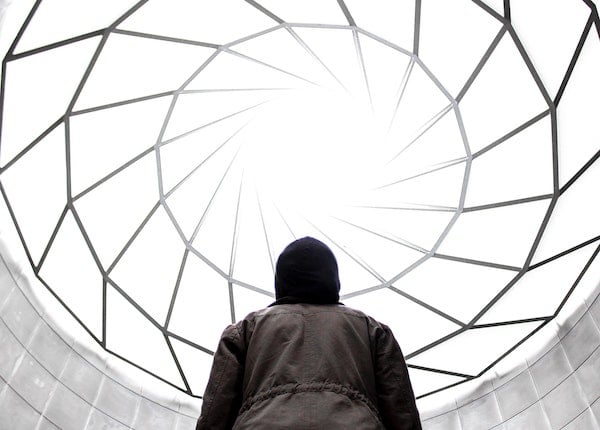Published on
Optimizing Opportunity: Creating an Effective Student-Centered Future

Higher education changes everything. Technology and the digital experience change everything. COVID-19 changes everything. What happens when these three entities converge? We might just end up with an extremely effective and student-centered form of postsecondary education.
Prior to COVID-19, technology and the digital landscape were already significantly impacting higher education. Online education expands access to students unable to attend classes in person, and live chat platforms allow students to receive instant answers to questions no matter the time or day. Simulations and other learning resources provide students with experiences customized to their specific learning needs, and traditional in-classroom faculty have access to digital whiteboards, brainstorming tables and other digital tools to bring content to life.
The global pandemic forced most education to be delivered electronically and had faculty and administrators scrambling last spring to take stock of learning experience options and determine ways to translate them to virtual platforms. With remote learning a reality for the foreseeable future, this is a good time to critically examine all educational options and figure out how students, no matter the learning modality they select (in person or online) can access all learning experience options. The ideal future of higher education be comprised of institutions able to create needs-based customized learning paths that give students the opportunity to experience the best of everything that the institution has to offer.
What could this look like?
Picture the many types of learning experiences that we offer at our institutions. In the physical classroom, students learn from seasoned faculty who are experts in their fields–and experts in supporting traditional aged students. Online courses and programs offer students the opportunity to learn when and where it works for them. Many institutions are offering flexible pathways that shape themselves around the student’s experience and schedule, and hybrid options that provide an opportunity for some of both.
A vision for an ideal post-COVID, postsecondary future
The ideal post-secondary future begins at the institution’s front door. Rather than offering distinct parallel paths, we can offer students a variety of learning experience options, or branching scenarios, within a program with holistic and measurable outcomes. Within a program, students would have the ability to move seamlessly through multiple modalities, which creates a learning structure that enables students to switch from in-person to online learning without disrupting their learning.
This flexible learning structure would also give students the opportunity to have their learning assessed through a variety of assessment options, such as written papers, project-based learning, scenarios and experiential options, with all assessment options mapped to a consistent set of outcomes or competencies. For example, student achievement in a management course could be assessed through a paper with recommendations for how the student would improve management in his or her workplace; a management project that the student completes with an employer partner; or a series of industry authentic artifacts that the student creates to demonstrate outcome achievement.
The impact of technology and the digital environment
Technology changes daily, providing us with new ways of getting to know our students and improved optics into student learning and performance introduced at a rapid pace. Given the availability of cutting-edge technology and our faculty and staff, a combination of the two would give institutions the best of both worlds–knowing our students and leveraging our existing talent.
As part of the admission process, a team of experts, combined with a comprehensive student diagnostic, begin to create a customized and strengths-based path for a student that incorporates elements of the variety of experiences and learning opportunities that the institution offers. Rather than leaving it to the student to select what seems to them to be the best option, institutions leverage the expertise and knowledge of faculty and staff, combine it with cutting-edge diagnostic technology, and create a custom learning experience for each student that without putting undue burden on the institution and its resources. The synthesis of our institutional professionals and student diagnostic information combine to create the best learning path (including modality and assessment options) for each student.
No matter what the post COVID postsecondary future holds for higher education, it is clear that flexibility and the ability to offer students the best of what our institutions have to offer will be vital to supporting students through their educational goals.
Author Perspective: Administrator



